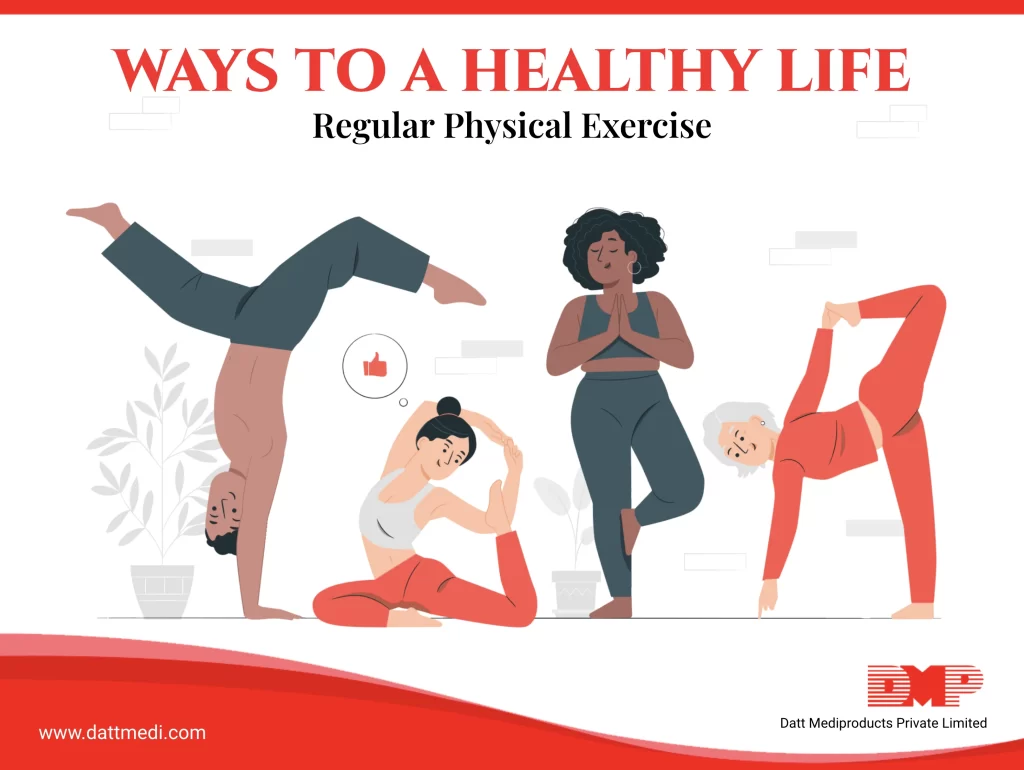
Exercise is key for healthy living. Exercise helps to induce mobility in the joints, thereby increasing the flexibility and eliminating different kinds of problems in the joints.
Not only this, exercise also improves the circulation of blood in our body and improves the condition of the heart. Many people rely on exercise to get rid of the excess fat in their body, thereby eliminating a large number of medical problems that arise from being overweight.
It is due to this reason that people who maintain a workout regime tend to remain healthier and fitter as compared to those who don’t.
Start working out at home
You don’t always need to hit the gym to workout. Exercise can be done from the comfort and convenience of your home. Although having a personal trainer to guide you through the process is going to earn you better benefits, it isn’t that difficult to settle for some freehand workout. Investing 30-40 minutes out of your hectic schedule into exercise can earn you a lifetime of joy and good health.
- Let’s check out some common and easy exercises below:
Here’s how you can plan your fitness schedule in order to see visible results. Different types of exercises have different kinds of impacts on our body. Jotted below are the simplest and easiest ways you can start with your fitness routine. - Jumping Jacks:
Loosen up your arm and leg muscles with jumping jacks. To begin with, try doing 30 jumping jacks a day and you will start feeling the difference. Gradually, speed up your pace. - Push Ups:
Push Ups are great for your arms and chest. 3 reps of 15 pushups will help you strengthen your arm and chest muscles. However, as a beginner, this is going to be a bit difficult. Do not strain your body beyond its capacity. Do as much as your body permits. - Plank:
This one exercise incorporates the use of almost all the muscles of the body. It helps strengthen the core, tighten the glutes and improves balance. - Crunches and Reverse Crunches:
Suitable for your abdomen muscles, this exercise works wonders if done regularly. If you are a beginner, try doing 2 reps of 15 times each and increase the reps gradually to see visible results. - Squat:
Strengthen your leg muscles with squats. However, don’t try to overdo it on the very first day for it might have a negative impact on your legs. The best way to assess your progress is by adding 5 squats with every passing day.
Wondering how often should you workout?
Studies have shown that if you aren’t an athlete, working out every day isn’t required. If you do 3 times a week above mentioned freehand exercises at home along with walking, running and jogging is enough to keep you fit and healthy. Swimming works wonders for people struggling with asthma.
In the case of athletes, regular exercise exhibits the best results. However, make sure that you do the different types of exercises on alternative days. For instance, if on the first day you worked on your chest muscles, go for your legs the next day.
If you have recently started working out, you may not like to visit a fitness/ training club. If you want to execute your fitness program at home, you can simply download an app which will guide you through. There are a large number of fitness training apps which have the perfect workout schedule for beginners, intermediates and professionals.
If you are able to maintain these few things, you’ll be happy with the results you will witness. What are you waiting for? Start planning your fitness regime now!
Pro Tips for Amateurs and Beginners:
Never skip your warm up session. It is important to prepare your muscles before some strenuous activity. Similarly, after a workout session, let your muscles cool down and relax. It is due to this reason that one should take short breaks even in between exercises. This reduces the risk of cramps and other injuries.




